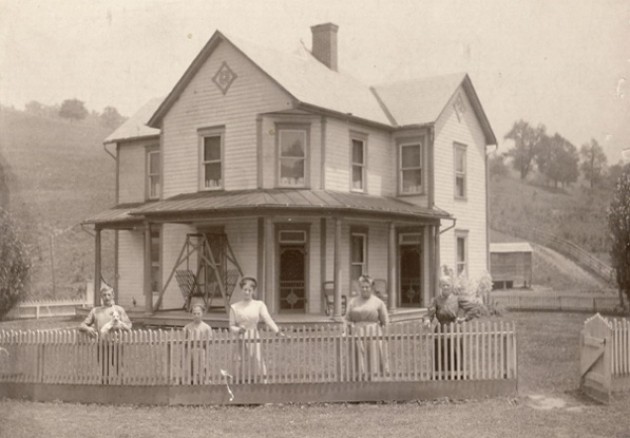
Call William Directly at 248.980.2455
How Homes Kept Cool Before the Age of A/C
The modern air conditioner was invented only in the 1920s, and it didn’t become a common home feature until the latter half of the 20th century.
But, while some of us might wonder how our grandparents survived hot and steamy summers, the fact is those older homes had a few tricks up their sleeves. They were designed and built with features to help them stay cool without AC.
Mary Wheeler Schap is a registered architect who designs and restores historic buildings to their former glory in Cincinnati, Ohio. She offered this expert insight into the features that made older homes livable in the heat.
Airflow
In northern states, it was common to create a “stack effect” by opening windows in the basement and top floor. This generated a cool breeze through the house. Further south, before AC many homes were built on blocks, allowing breezes to flow underneath and help keep them cool all summer long.
Tall ceilings
Ceilings as high as 10, 12 and even 14 feet were common in older homes. As heat rose to the ceiling, lower areas stayed cool and comfortable. Ceiling fans—powered by electricity or elaborate rope systems—also facilitated air movement.
Transoms
A transom—a small window over a door—allowed warmer air at the ceiling to circulate up to higher floors, providing more air movement throughout the house. Transoms over exterior doors often had hinges and special hardware. This allowed easy access to open and close, helping create airflow while still providing security.
Large windows
Many older and historic homes had large, double-hung windows. Opening the top sash would allow hot air near the ceiling to escape. Opening the bottom sash, especially at night, allowed cool air to flow inside. Rooms had many windows, some as large as doors. Thick, long draperies were often used in these large windows to keep out the heat. People would “draw the drapes” to help keep a room cool without sacrificing light.
Porches
Wraparound porches offered shade from the direct sun while still allowing light to pour through windows. Screened and furnished sleeping porches were also very common. People would sleep outside to catch the cool breeze of the summer night without all the bugs. Many believed that fresh air had health benefits.
Reflective roofs
Many older homes had light-colored or silver-metal roofs made of lead, tin or copper. This was a great way to reflect heat away from the home to reduce interior temperatures. It’s quite a contrast to today’s dark asphalt shingles that can absorb a lot of the sun’s rays.
Thick walls
If you could afford them, thick brick masonry or stone walls were a great insulator and kept homes cool before AC. Walls 12 to 24 inches thick were common in the Deep South, blocking the heat from the inside as the day wore on, and providing some warmth as the evening chill set in.
Here’s an expert tip: If you own or are considering buying a house built before the age of air conditioning, Mary recommends contacting an architect or energy advisor who focuses on historic homes: “An hour or two walk-through can help you identify a home’s potential for energy savings. He or she can even help you find ways to preserve the ‘look’ of an older home using modern, energy-efficient materials.”
The U.S. Environmental Protection Agency also offers some energy tips for owners of historic homes.
And, regardless of your home’s vintage, you can save money on electricity to power a modern cooling system by going solar. Solar panels can complement any home’s architectural style. And SolarCity makes installation and ownership a snap.
William Brundage – Experience The Difference Between an Agent and a Professional
Named the Best Realtor by the Oakland Press and also named Real Estate All-Star by Hour Magazine, William Brundage is an industry leading Realtor bringing over twenty years of experience to successfully marketing and selling fine homes and estates. His dedication to his clients and our community places him in the top 1% nationwide. Personalized service and client satisfaction are paramount. William is committed to getting you the best price and terms in the shortest amount of time.
Cell: 248-980-2455
Email: william@williambrundage.com
Website: www.WilliamBrundage.com






